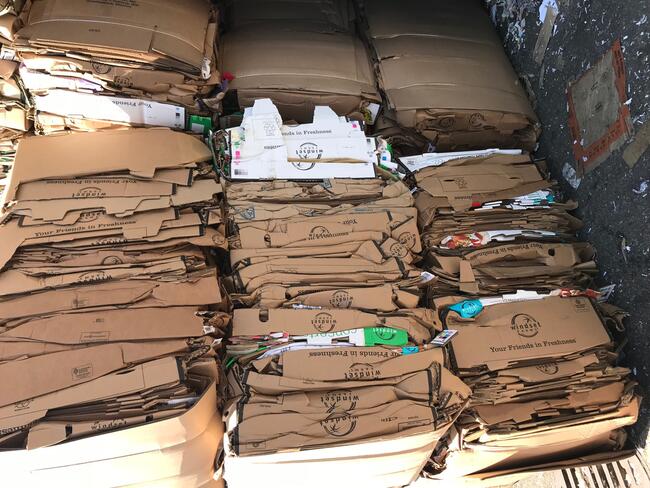- Log in to post comments

The mainstream media continues to cover a wide variety of issues that have arisen as a result of the significant changes to end markets in China specifically. Urban Impact has a variety of articles on file and blog posts at www.urbanimpact.com/blog relating to the changes as a result of the China policy and regulations. If you are interested in supporting news articles, please let us know and we would be pleased to forward them to you.
The medium to long term outcomes as result of the China end market changes is not yet clear. There are certainly early indications that some end market companies are moving their capital and equipment to other countries in South East Asia. There are also some companies that are moving end market capacity and equipment to US locations. All of these changes are very positive. A wide range of processing end markets for all the recycling commodities serves the industry well. The relocation and changes of end market mills will take time to plan, build and successfully redirect the transportation supply chain to feed these relocated end markets. It will also take time to settle down the global supply chain. Once markets are known and understood by the entire recycling industry it will likely result in better pricing, consistent demand and known quality requirements in the future.
With the China end markets essentially closed, the non-China end market prices continue to be very low when compared to historical pricing levels. Non-China end markets or otherwise referred to as secondary markets have access to as much material as they require and do not have to pay much to receive the recyclables we all generate. Global supply is high, and secondary markets can set the prices with very little resistance.
Low commodity prices for materials such as cardboard, newsprint, office paper, plastics and metals put a lot of pressure on all parts of the supply chain that of course includes the generator of the commodities, the collectors, processors and transportation supply chain. The lower the end market price is the lower the price that the producer of the product is paid (to state the obvious). Lower pricing in many cases will reduce the incentive to recycle as it becomes less profitable to divert recyclables from landfill.
The focus for Urban Impact has been to actively and openly communicate with all of our customers on the importance of #recyclingitright. Recycling materials are a commodity that have to be clean and consistent in order to be used and remanufactured into the variety of products that are suitable, such as new cardboard boxes, packaging, tissue paper insulation and a variety of other products.
Urban Impact has developed an Instagram account @Recyclingitright. Please take a moment to follow and bring yourself up to date with a variety of materials that can and cannot be recycled.
The old expression of “if in doubt, keep it out” is also applicable. If you have a question about what can or cannot be put into your recycling bin, please do not hesitate to ask. We are here to help you with communication, signage and education to ensure your company and staff have the most up to date information possible.
In summary it is very difficult to predict where commodity prices are going to be in the next quarter.
Traditionally end markets are more active and prices higher through the fall of each year. Time will tell if this is the case. Thank you for the opportunity to be of service, if you have any questions please do not hesitate to reach out.
